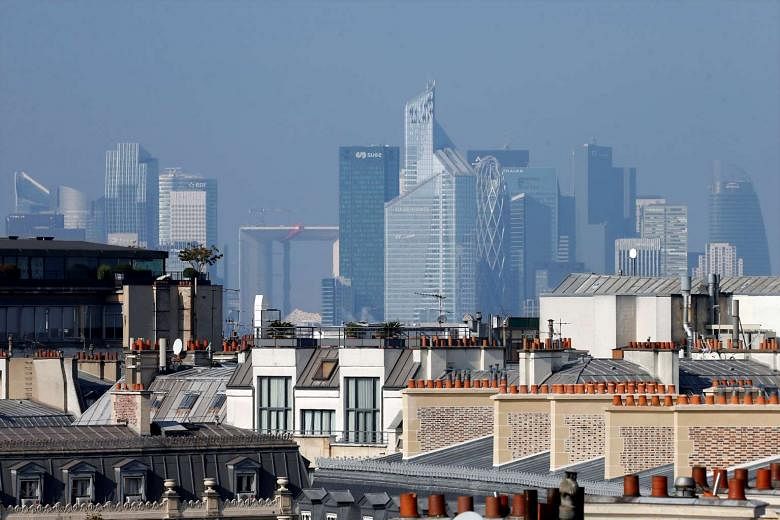Specks of cosmic dust left over from the formation of our solar system have been discovered on the rooftops of Paris, Oslo and Berlin.
Scientists sifted through 300kg of sediment trapped in gutters in the capital cities to find the space debris, which had previously only been found in Antarctica and the deep ocean, according to a report in Britain's Telegraph.
Even though the particles are constantly falling through the atmosphere, it was thought that they would never be found in cities because it would be so difficult to detect them amid the pollution, dust and grime in urban areas, the Telegraph said.
But Dr Matthew Genge, of Imperial College London, and Jon Larsen, an amateur scientist from Norway, managed to prove otherwise.
"When Jon first came to me, I was dubious. Many people had reported finding cosmic dust in urban areas before, but when they were analysed scientists found that these particles were all industrial in origin," said Dr Genge, of the Department of Earth Science and Engineering.
"We've known since the 1940s that cosmic dust falls continuously through our atmosphere, but until now we've thought that it could not be detected among the millions of terrestrial dust particles, except in the most dust-free environments such as the Antarctic or deep oceans.
"The obvious advantage to this new approach is that it is much easier to source cosmic dust particles if they are in our backyards."
Cosmic dust is made up of left over particles that have been around since the formation of our solar system.These particles are tiny, roughly around 0.01 millimetres in size, and have been falling to Earth since it was formed billions of years ago.
Analysing their chemical and mineral content can tell scientists about how the early solar system has evolved.
Most dust is collected by scientists from the frozen wastes of places like Antarctica, as it was thought too difficult to unearth these little time capsules in urban debris.
In the study, which is published in the journal Geology, the team report that the cosmic dust particles that they recovered from roof tops are larger than other particles previously recovered, at around 0.3 millimetres.
Based on the particles' size, the researchers' analysis suggests they were formed by melting during atmospheric entry at speeds of around 12km per second. Dr Genge says this would make them the fastest moving dust particles found on Earth, said the Telegraph.
Cosmic dust particles contain minerals that make them magnetic, so they used magnetism to separate the particles under the microscope, finding 500 of them in the debris.
The new study also suggests that the dust arriving on Earth has changed over the last million years.
The cosmic dust found in cities contains fewer feather-like crystals than old cosmic dust from Antarctica, which has accumulated in ice over the last million years. However, it is similar to cosmic dust that fell on Earth during medieval times.
Dr Genge believes the difference in cosmic dust particles results from changes in the orbits of planets in the Solar System.
Over millions of years the orbits of planets like Mars and the Earth vary slightly. This causes a disturbance in the gravity they exert and this influences the trajectory of the microscopic particles as they hurtle through space.
In turn, it affects how fast the cosmic dust plummets through the atmosphere, and how much it is heated, which causes crystals that grew in cosmic dust to adopt different shapes, revealing the amount of heating.
Dr Genge added: "This find is important because if we are to look at fossil cosmic dust collected from ancient rocks to reconstruct a geological history of our solar system, then we need to understand how this dust is changed by the continuous pull of the planets."
This study was carried out in collaboration with researchers from the Natural History Museum, London, UK, and Project Stardust, Oslo, Norway.

